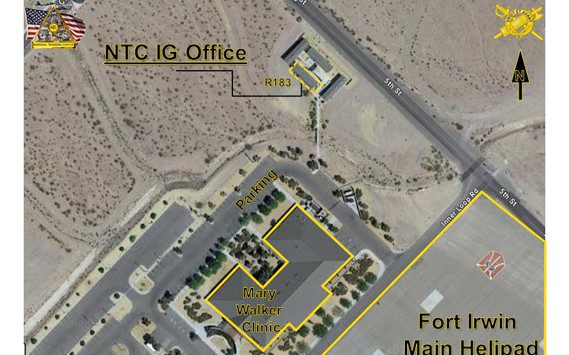1. Museum Opens
The National Museum of the United States Army, a 185,000-square-foot steel-clad building at Fort Belvoir, Virginia, opened to the public on Nov. 11. Army Secretary Ryan McCarthy said the museum, “Will be a place for members of the Total Army family to gather and share stories while also creating an opportunity for visitors to connect with our nation’s history through the eyes and voices of individual soldiers.” This is the first and only museum to tell the entire history of the U.S. Army since its establishment in 1775.
The museum opens with enhanced health and safety measures for visitors. Free, timed-entry tickets are required to manage visitor capacity and provide an optimal experience to visitors. Walk-up tickets are not available. All tickets must be reserved in advance online through the museum’s website: https://info.ausa.org/e/784783/2020-11-02/4xcvx/343869761?h=8U_FRcgTmAX-IT0W4lv6EMgiFXYWQzue5_Gx2DPJeT0
2. Drawdown
National Security Advisor Robert O’Brien says there are fewer than 5,000 U.S. troops in Afghanistan today, and efforts are underway to help Afghans, “work out an accord, a peace agreement” for further troop reductions. “It is going to be slow progress. It is going to be hard progress,” O’Brien said. U.S. troop levels are planned to drop to 2,500 in early 2021.
3. 10-Week Relief
Facing an Oct. 1 partial government shutdown, the House of Representatives passed a bipartisan 10-week stopgap spending bill that keeps the government running into December. Spending would be capped at current levels for most programs, with no new starts for multiyear Army weapons programs.
4. Squeeze Ahead
The nonpartisan Congressional Budget Office projects that federal budget deficits will grow in 2021 and beyond. The current deficit is $3.7 trillion and it could grow by $5 trillion to $7 trillion by 2030. Driven by a variety of economic and spending practices, growing deficits make it increasingly difficult to allocate extra money to national security and are more likely to result in flat or declining budgets. This puts more pressure on the Army to fund new initiatives by cutting money from existing programs, such as reducing legacy programs to pay for new capabilities.
5. Partners
A two-year collaboration agreement in the development of Combined Joint All-Domain Command and Control (CJADC2) has been signed by the Army and Air Force. This is part of the military’s effort to develop a doctrine for large-scale, multidomain operations.
The services pledged to establish mutual standards for data sharing and service interfacing in an agreement that will run until the end of fiscal year 2022. It could be extended.












